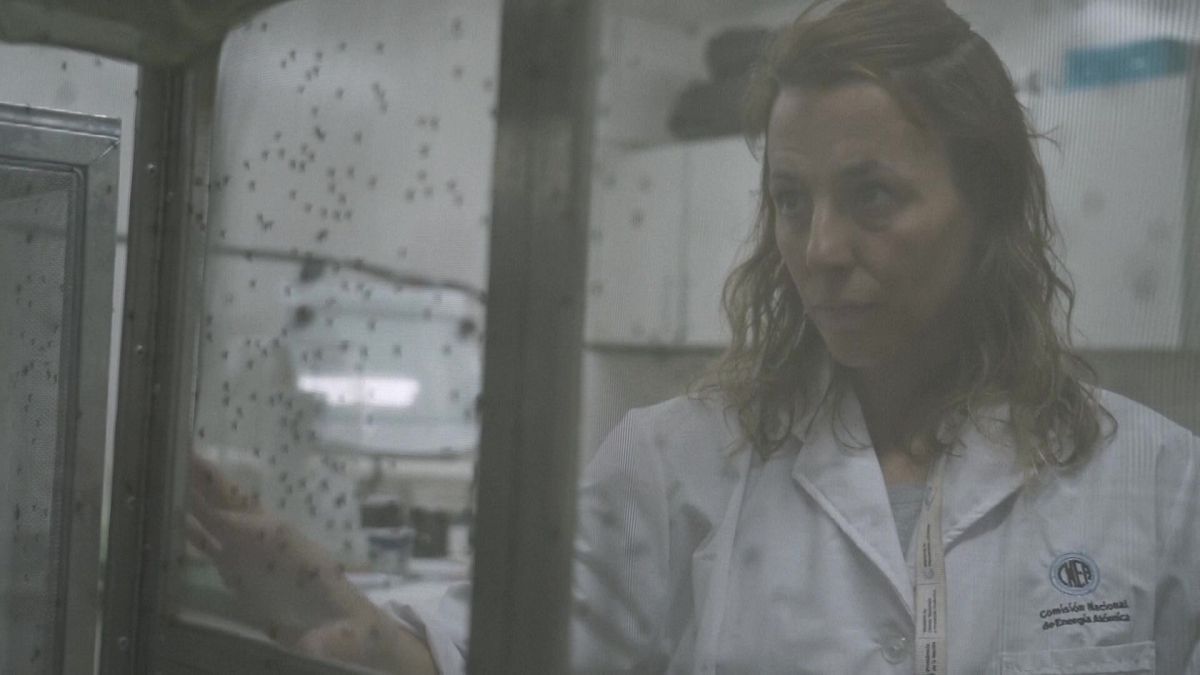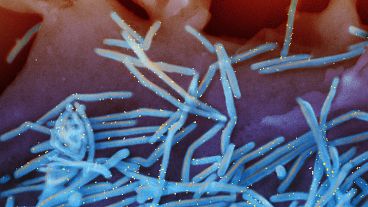The Sterile Insect Technique has been used to contain pest insects and disease vectors and does not detrimentally affect the wider ecosystem.
Scientists in Argentina are using a new technique to reduce the number of Dengue, Zika, and Chikungunya infections in the population and save lives.
They breed and sterilise Aedes aegypti mosquitoes, a vector for these diseases, with gamma irradiation before releasing them back into the wild to mate.
When the mosquitoes are bred in the laboratory, scientists separate the males and females based on size. The males are then irradiated at the Ezeiza Atomic Centre.
"This irradiation makes them sterile, but they are given a specific dose so that they do not lose competitiveness. Then the mosquitoes are released in the area. They remain competitive mosquitoes that will mate with females, and the result of this mating will not produce offspring. In this way, the population in that area decreases," said Mariana Malter Terrada, from Argentina’s National Atomic Energy Commission.
The team behind the Aedes control project says the Sterile Insect Technique is like birth control for insects.
“These sterile males compete with wild males to mate with wild females, and the result of this mating is unviable. In this way, with each release, the population in the targeted area decreases," said Malter Terrada.
Argentina has especially been hit by mosquito-borne diseases with 68 deaths and over 130,000 confirmed cases in 2023, according to the country's Ministry of Health.
No need for pesticides
The Sterile Insect Technique - first introduced by American entomologist Edward F. Knipling in the 1950s, has been used to contain, prevent, and even locally eradicate populations of pest insects and disease vectors.
It doesn’t require the traditional spraying of pesticides, which eliminates human or animal exposure to toxins that can lead to other health issues.
According to experts, it acts specifically on the vector and does not detrimentally affect the wider ecosystem.
The Aedes aegypti mosquito project began amid the Zika outbreak in 2016.
"This raised all alarms due to the importance of this disease, as it was observed that pregnant women contracting this disease could have babies with malformations," said Malter.
"This, coupled with the spread of Aedes and its relevance as a vector of various diseases such as the Zika and Chikungunya viruses, not only in Argentina but worldwide".
As the reproduction of infected mosquitoes rises with soaring temperatures and humidity, scientists are now stepping up their sterilisation efforts.
Health officials in Argentina are now preparing for the next major wave of dengue, expected between January and April 2024.
For more on this story, watch the video in the media player above.



